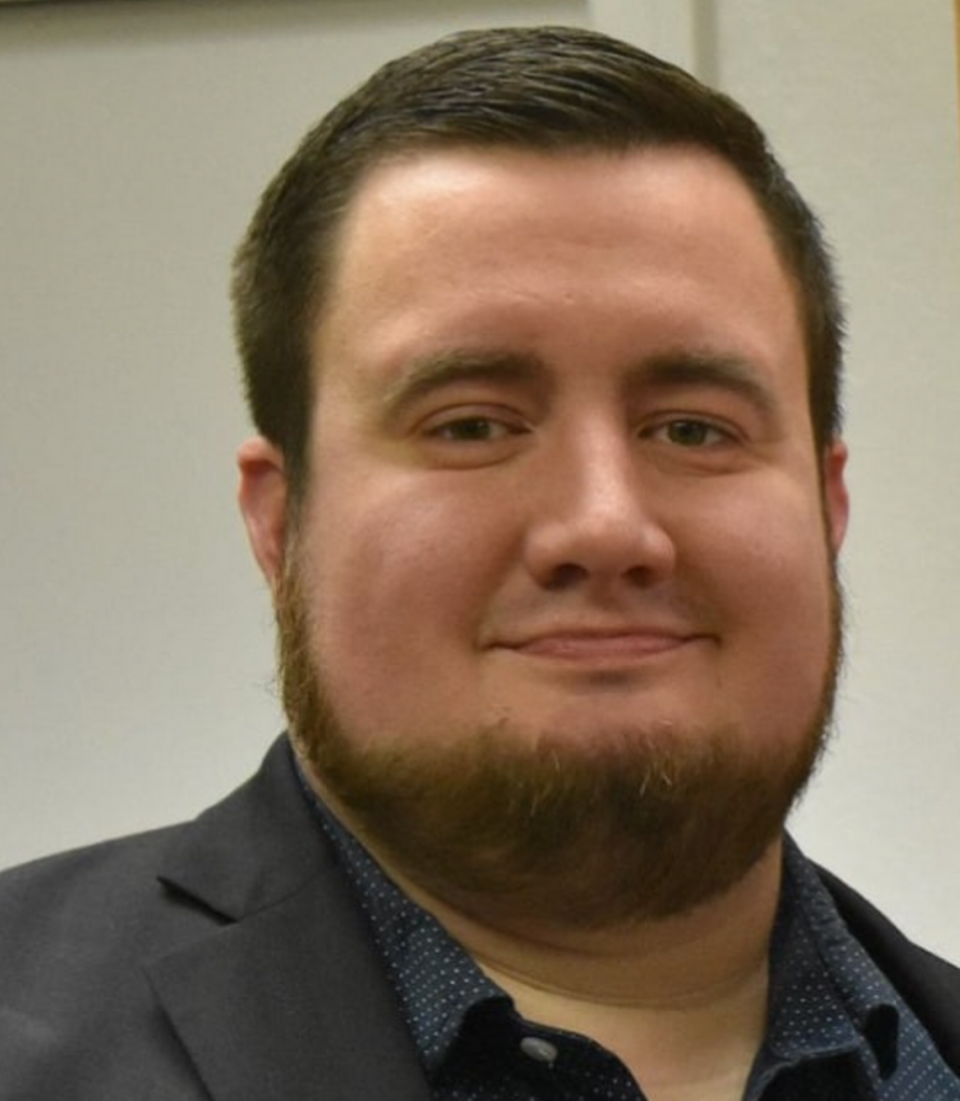Angry Marmol serves notice to some under-performing Cardinals. Who are they?
- Oops!Something went wrong.Please try again later.
- Oops!Something went wrong.Please try again later.
- Oops!Something went wrong.Please try again later.
- Oops!Something went wrong.Please try again later.
- Oops!Something went wrong.Please try again later.
- Oops!Something went wrong.Please try again later.
- Oops!Something went wrong.Please try again later.
The pomp and circumstance around Adam Wainwright’s last career game on Sunday allowed the St. Louis Cardinals to end the season without as bitter a taste in their mouths as they otherwise might have, but it also served to mask a grim truth about their roster construction.
It’s highly unlikely that Wainwright was their only player in uniform who was making his last appearance in the big leagues.
Despite having only one other player — reliever Drew VerHagen — still on the roster who entered the season on an expiring contract, perhaps as many as a dozen players currently taking up space on the 40-player roster will lose those spots this winter. Manager Oliver Marmol was crystal clear Sunday in his conviction that there’s no multi-year rebuild on the horizon, but it doesn’t take much to see the enormous talent gap separating them from their opponents.
There’s a great deal to fix.
“The house don’t fall if the bones are good,” Wainwright mused in his postgame press conference.
The time starts now for the Cardinals to start ripping out the flood damage.
“I want a clubhouse full of guys that has one thing on their minds, and it’s not themselves. It’s winning a championship,” Marmol said when asked what the first step is in getting ready to turn things around for 2024. “So, you start out by weeding those out.”
He declined to go into detail about the players to whom he was referring or even about whether he felt those attitudes were the cause of the collapsed season or symptomatic of the challenges which arose when it took a turn for the worse.
Nor did he want to get into naming the precise moment when he realized things in 2023 were askew, saying that it would be unfair to single out individual players for a team failure.
That, of course, set off a firestorm of speculation centered around those players – Ryan Helsley and Tyler O’Neill chief among them – who had previously been on the receiving end of pushback from their manager. That feels like an unfair conclusion to draw; indeed, anyone who watched the team stagger its way through the season’s last two months could’ve fairly assumed the clubhouse environment had been somewhat less than chipper.
“Even as the losses piled up and we weren’t performing up to expectations, no one got down,” Paul Goldschmidt said. “We stayed positive, and we continued to work. I saw guys make some improvements and adjustments and stuff like that. We weren’t able to do enough of that to get us where we wanted to be, but it’s provided a roadmap for the offseason.”
That’s all well and good for the players, but it doesn’t solve the bigger institutional issue in the front office. There is no talking around it and no walking it back – the Cardinals need to add at least three bonafide starting pitchers this winter, and they’ll be able to fill in the gaps around them.
It may seem like a daunting shopping list, but it’s not without precedent. The Texas Rangers, for instance, got busy last winter, adding Jacob deGrom, Nathan Eovaldi, Andrew Heaney and Jake Odorizzi. When deGrom and Odorizzi broke down, they went out at the deadline and traded for Max Scherzer. They also made the postseason for the first time in seven years.
The overhaul wasn’t cheap. All told, since the start of last offseason, the Rangers have spent approximately a quarter of a billion dollars in guarantees on pitching alone. They learned the price, they paid it, and their reward is a shot at a championship, albeit one that runs through the Wild Card round.
There are no sure things in player acquisition, except to say that a team which doesn’t try can predict where they will finish.
When Marmol talks decisively about the Cardinals being capable of a one-year turnaround, it’s that sort of aggression which fuels his belief. Those with the ear of ownership seem confident that Bill DeWitt, Jr. and his group understand the stakes of the situation and are willing to take corrective actions to address it. Whether that’s true will ultimately determine whether 2024 is as hard to swallow as 2023.
Wainwright’s departure leaves St. Louis with no players remaining in the organization who have won a game in the National League Championship Series or later as a Cardinal. Only Steven Matz (2015 with the Mets) and Willson Contreras (2016 and 2017 with the Cubs) have done so at all. That might be a blip, or it might be an indication of an organizational trend line pointed in the extreme wrong direction.
“I think there’s enough character in that clubhouse and guys who understand what it looks like in order to turn it around,” Marmol said before wrapping up a long session with the media and offering a kidding-but-not warning that that particular question might cause him to lose his cool.
He’s angry. He said so Sunday on multiple occasions, and many times since. He should be. So should the players, and especially so should his bosses.
Whether they’re mad enough will determine what happens next.


